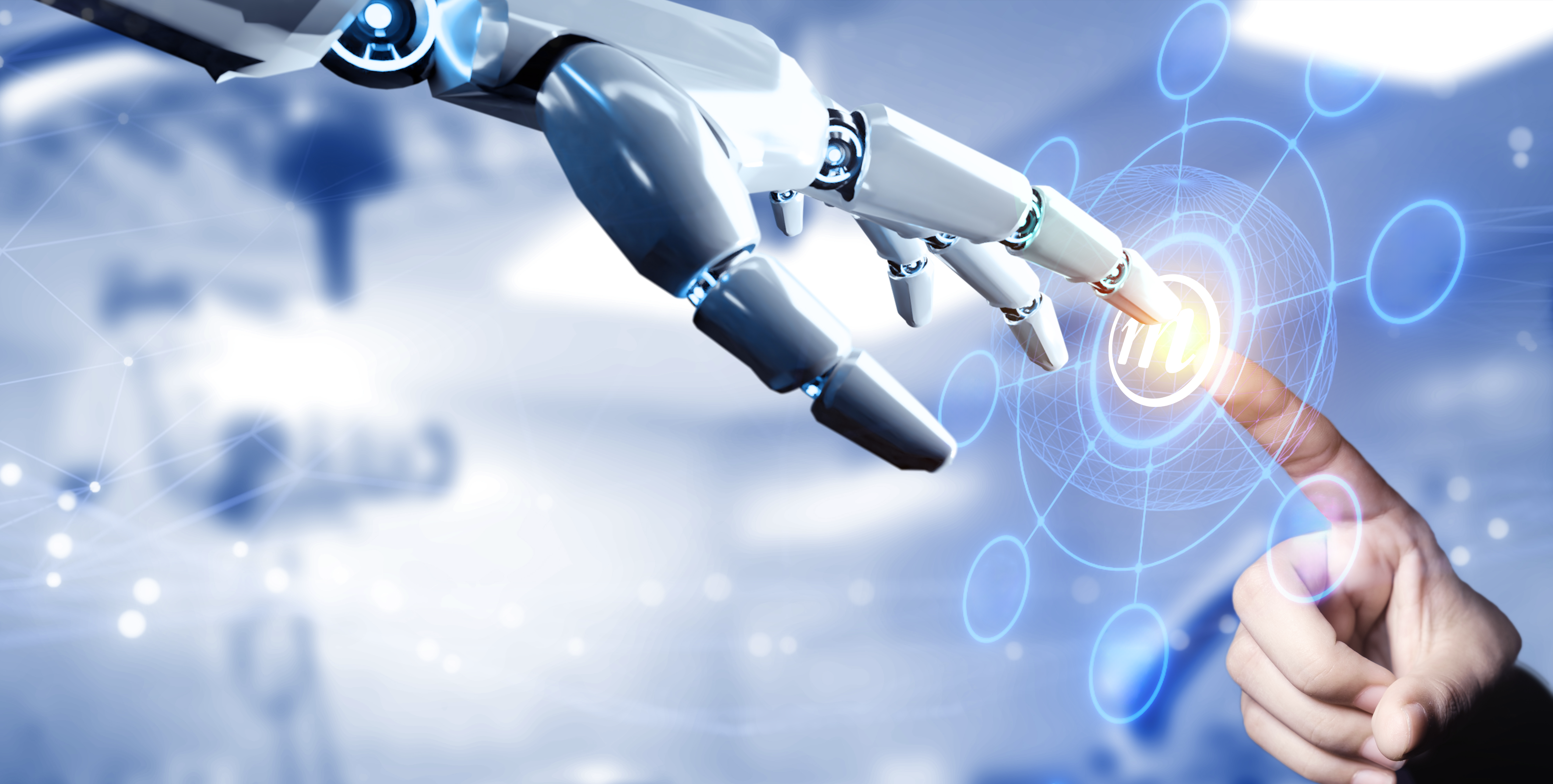In order to make an accurate diagnosis, doctors need as much information as possible, which they traditionally gather through patient consultations, medical images and their own and other people’s experiences. This process can be significantly accelerated with the help of AI.
Matching and pattern recognition of smart device data
Smart devices record health-related data via sensors. This data can be compared with medical examinations and images. The AI uses the large amount of data in the data centre to draw patterns and conclusions about medical conditions. Smart devices can inform users when a visit to the doctor is necessary, reducing waiting times and unnecessary visits and enabling conservative treatment at an early stage. The data flows into the electronic patient file.
Comparison of X-ray, CT and MRI images
The database contains a large number of medical images and pathologies. The software compares new images with this data and provides diagnostic suggestions. This is done by neural networks that identify landmarks and compare them with existing pathologies. The doctor thus receives automated diagnostic suggestions based on image recognition.





